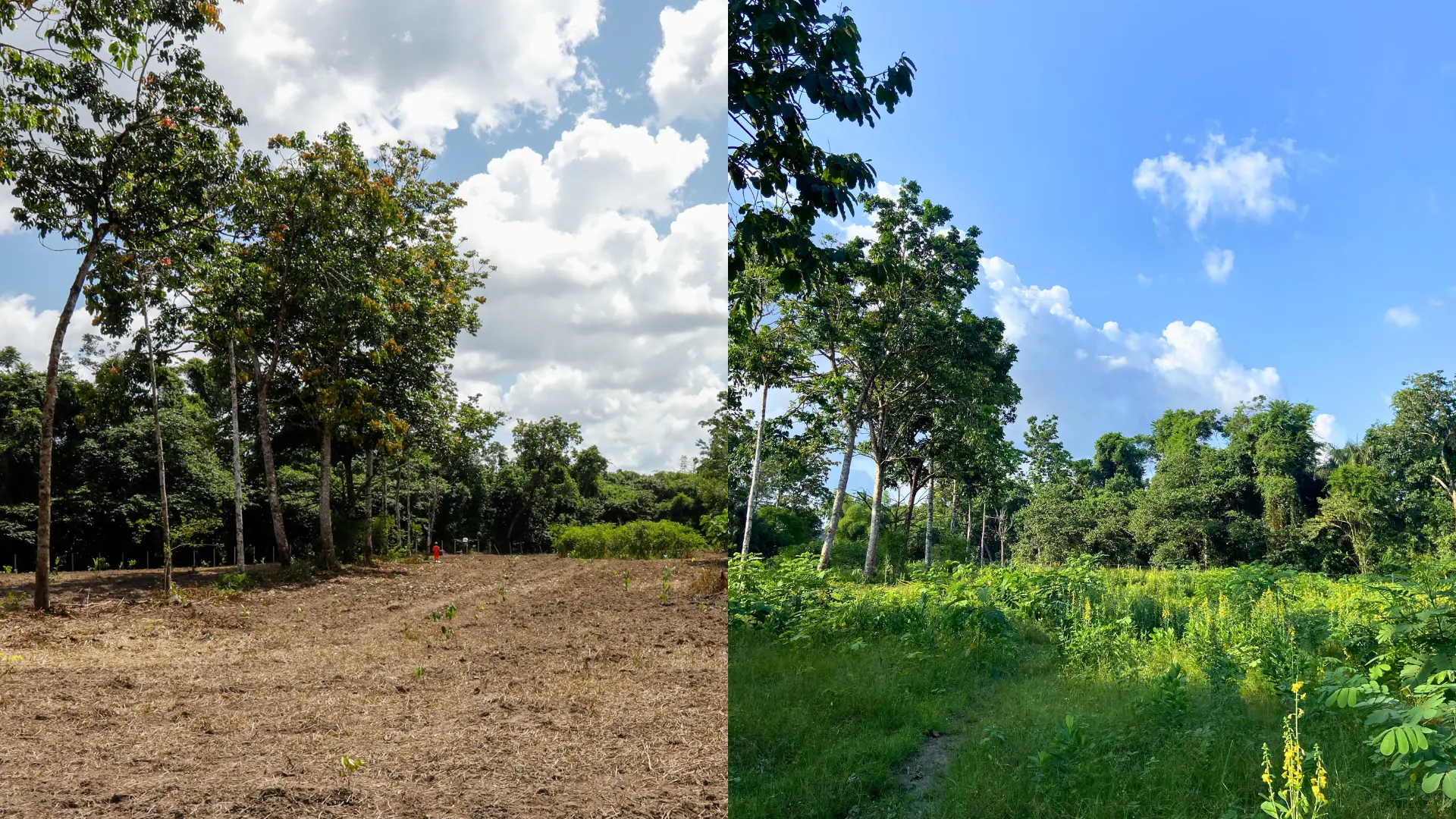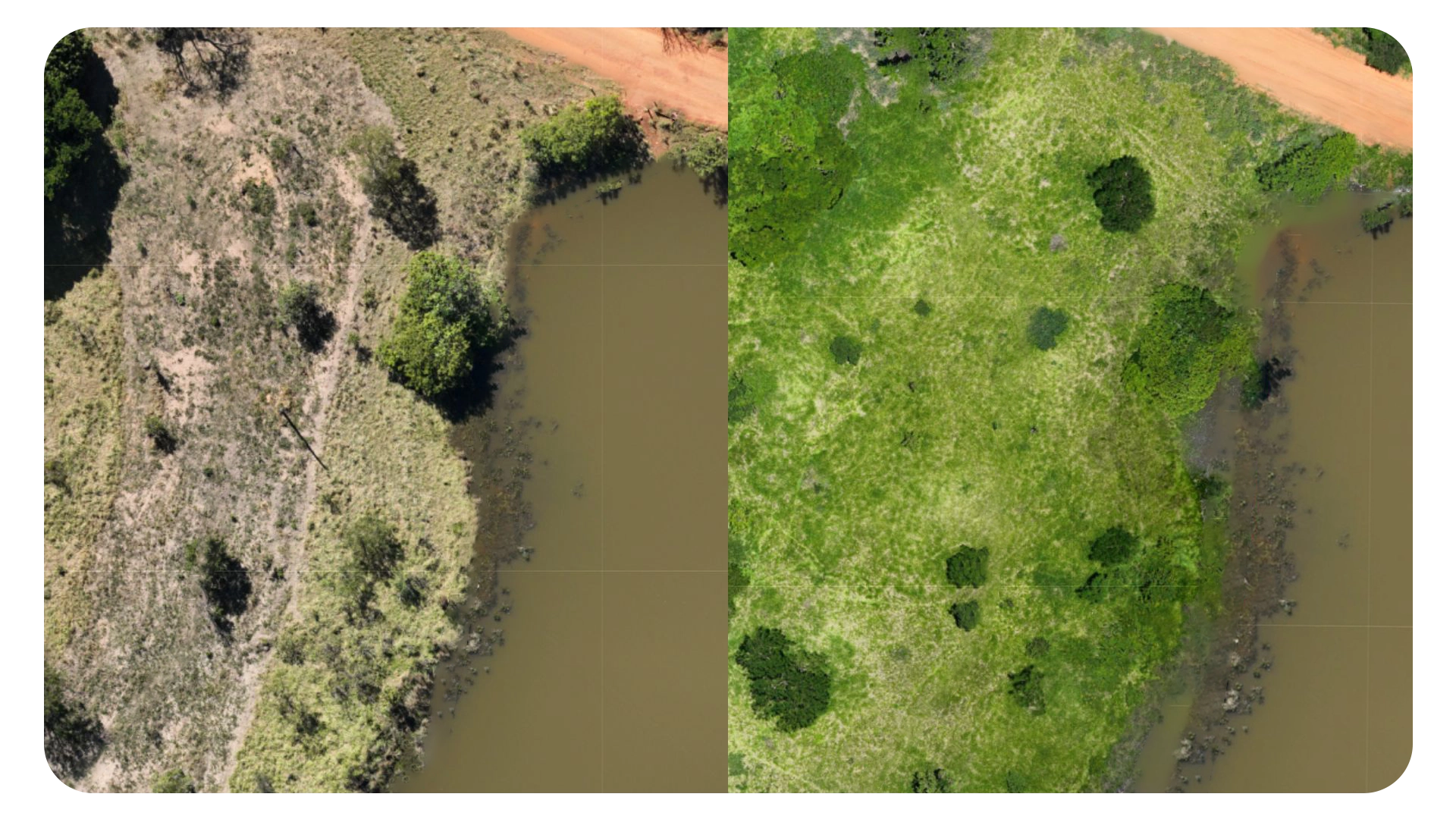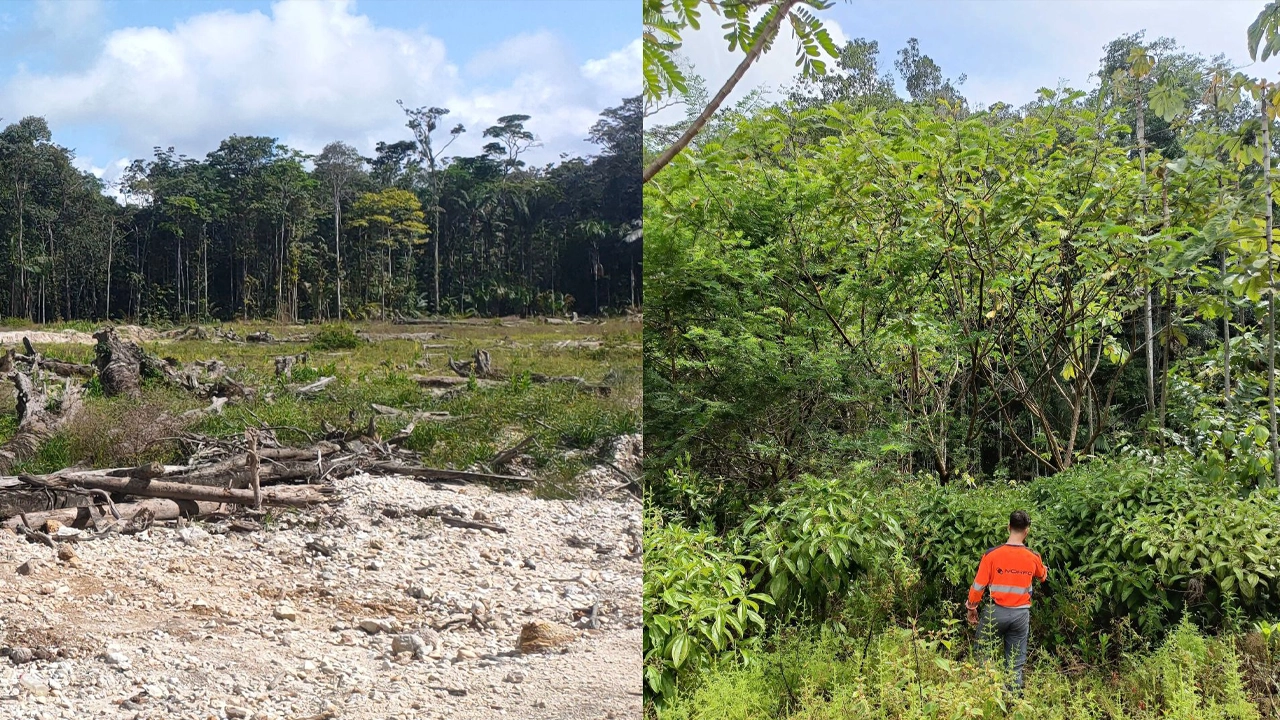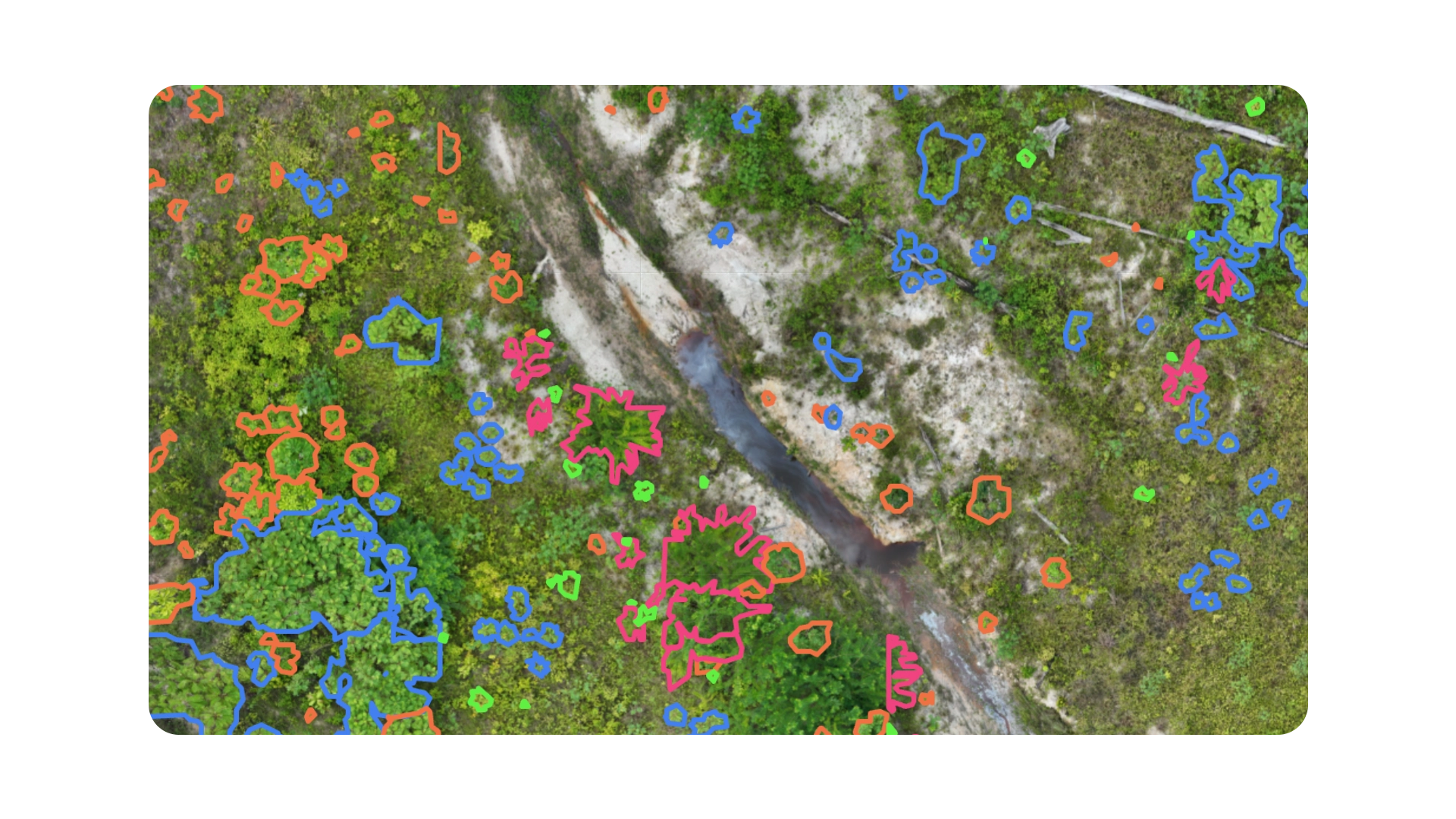SOIL Regeneration
We help landowners, banks, and restoration investors regenerate degraded pasturelands. Our methodology combines soil science, technology, and natural regeneration to recover productivity and biodiversity while increasing land value.


Turn degrades pastures into productive lands


Rely on MORFO’s expertise in soil regeneration and agro-ecological restoration.
Our mission: to turn degraded pastures into productive, regenerative lands, delivering measurable environmental, social, and financial returns.
Leverage technologies to restore large areas


MORFO’s all-in-one regeneration solution integrates soil analysis, native species seeding, biological inputs, and long-term monitoring, enabling scalable transformation of degraded lands.
Our soil
regeneration METHOD

Soil & ecosystem diagnosis

Ecological design

Regenerative implementation

Monitoring & value creation
How to work with morfo
Land presentation
pre-analysis
Business model definition
Validation
Full analysis
Implementation
Monitoring & management
Results & value creation
WHY choose
MORFO's soil regeneration model?
Our projects are based on scientific soil diagnostics and measurable improvements in structure, fertility, and biological activity.
.webp)
Restored soils and vegetation improve productivity, water retention, and resilience — directly increasing land market value.

Our technology enables replication at industrial scale through drone seeding, data automation, and standardized ecological models.

Each project integrates native species and natural regeneration to rebuild ecosystem complexity and restore habitat functions.


All our methods are co-developed with research institutions and validated through long-term experimental plots and peer-reviewed data.
.webp)
Drone operations, AI analytics, and local implementation teams ensure precision, speed, and cost efficiency in every hectare restored.

We quantify carbon sequestration, biodiversity gains, and soil health indicators to guarantee verified and transparent results.

Continuous satellite, drone, and field data feed our dashboard to secure durable impact and adaptive management over decades.
All your regeneration data in one place
DASHBOARD
Our partners access real-time soil and vegetation data, drone imagery, and detailed reports.
Monitor progress, optimize interventions, and measure the environmental and financial impact of each hectare restored.
.webp)
FREQUENTLY
ASKED
QUESTIONS
Through a science-based approach combining soil analysis, seedpods, AI, and drone technology to restore fertility and biodiversity.
Yes. We design transitions to productive agriculture, ILPF and agroforestry systems that increase productivity sustainably, while sequestering carbon in the soil.
Increased land value, carbon revenues, and improved yields from regenerated soils.
Our seeds are placed in seed capsules. These capsules contain all the biological and nutritional elements needed for long-term reforestation. We use drones to disperse and plant these capsules on site, ensuring effective and sustainable reforestation practices that benefit the environment.
The three main benefits of using capsules are:
> Seed protection
Seed capsules protect seeds from external factors, preserving their viability.
> Feeding during early stages of growth
Seed capsules provide essential nutrients to support seedlings during their early stages of development.
> Restoration of degraded soils
Our method helps to revitalize and revitalize impoverished soils, promoting the overall recovery of ecosystems.
MORFO devotes itself daily to research and development in our in-house laboratories and in collaboration with partners to carefully select the best seeds for each reforestation project. Our catalog currently includes over 600 species that have been studied or are currently under investigation. To be selected, species must meet a minimum of 13 criteria, some of which are mandatory while others are not.
